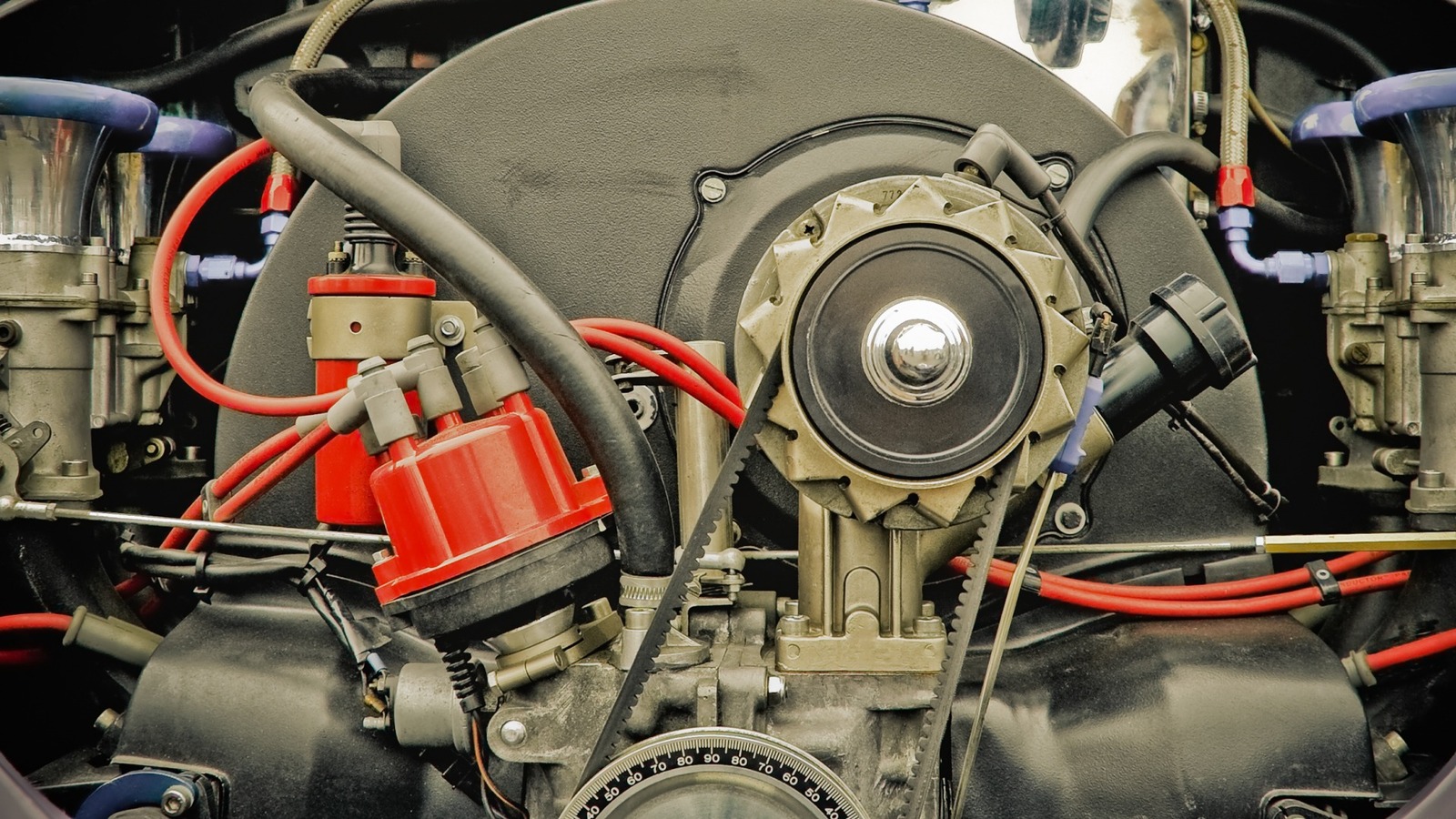
Unraveling the Mysteries of Volkswagen’s Iconic Engines
Have you ever wondered what makes the Volkswagen Beetle and Bus tick? You’re not alone! Initially dubbed Type 1 and Type 2, these classic vehicles are more than just a pretty face—their engines, with designations Type 1, Type 3, and Type 4, are the real stars of the show. Let’s take a whirlwind tour through these engineering marvels, using the models’ well-known names to guide us and keep confusion at bay.
The Type 1 Engine: The Heart of a Beetle
The journey begins with the Beetle. Known affectionately as the Type 1 engine, it debuted with the car itself. Throughout its history, this engine evolved to offer different displacements and power levels: think 1,300cc, 1,500cc, and 1,600cc beauties churning out either 36 or 40 horsepower in their prime. The transition to a dual-port intake system in 1971 stands out as a major innovation. Oh, and did I mention it also powered the VW Bus? Yep, it’s that versatile.
Meet the “Pancake” Engine: The Type 3
Now, let’s talk about the Type 3. It’s the Type 1’s twin, minus a few tweaks here and there—think of a different cooling and exhaust system, plus an updated clutch. Thanks to its innovative flat cooling system, it earned the quirky nickname “pancake” engine. Cool, right? Who said engines couldn’t have fun personalities?
The “Suitcase” Engine: Type 4 Unpacked
Last but certainly not least, the Type 4 engine. This powerhouse upped the ante with larger pistons and a shorter stroke, pushing displacement up to a whopping 2,000cc by the end of its production run. Its cooling fan sits snugly on the crankshaft’s end, with a cooling and intake system nestled low, giving it the moniker “suitcase” engine. With power output reaching up to 80 horsepower, this engine didn’t just impress VW enthusiasts—it even made its way into the Porsche 914. Talk about leaving a legacy!